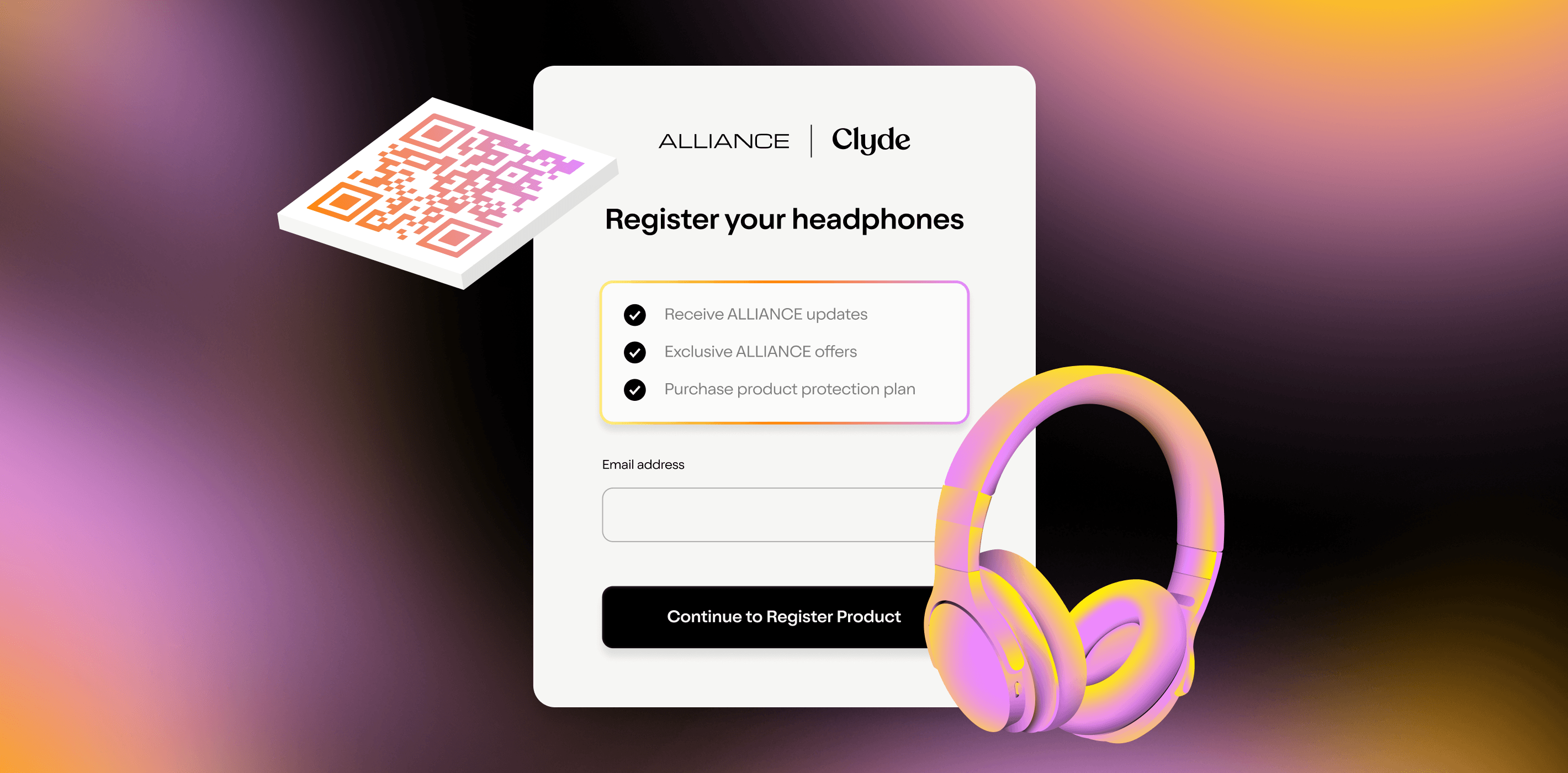In the words of Andy Williams: “It’s the most wonderful time of the year.” Except perhaps for those in retail where the holiday season may better be described as “the most chaotic time of the year.”
This isn’t necessarily a bad thing, as many retail businesses experience an element of seasonality. For some that may be the Christmas rush; for others it may be summer or the start of the school year. For well-prepared businesses, seasonality is expected and accounted for; what can fall through the cracks is ensuring your customer support teams are prepared.
Customer experience is a key brand differentiator: 90% of Americans use customer service quality as a factor in determining whether they will do business with a company. If the customer service is excellent? 78% of customers will return to a business, even if the business makes a mistake.
Even though we’re in an economic environment where it can feel hard to prioritize measures that don’t feel urgent, there are several ways companies can better support their customer support teams. Doing so will not only set your support teams up for success in the future, but provide an opportunity to further deepen the relationship between brand and consumer.
1. Empower individual authority…
Sixty percent of employees don’t believe they have the opportunity to do what they do best at work. That’s a staggering number of people whose potential is limited (and whose attrition is at risk). When a business can give employees (especially support employees) freedom to solve problems creatively, customer relationships thrive.
Take Chewy, which regularly goes viral for spectacular customer service. One of the strategies that Chewy uses to create such positive experiences is by prioritizing the quality of the interaction they provide rather than the time reps spend on support calls. The company encourages reps to use creativity and empathy to help customers and create moments of joy.
Whether it’s a Chewy vet staying on the phone for two hours to help a customer with a sick pet, or their support team sending flowers to customers for occasions both happy and sad, the customer support team has the freedom to think outside the box and it shows.
2. …And support through business processes
Whether your company is a startup that’s cutting staff or a bigger organization looking to keep hiring, you need to prioritize evolving and elevating the customer experience. That means not only investing in business processes that will improve the customer experience but also investing in the people on your front line.
Your support teams are the ones interacting directly with customers. When something’s going wrong you can’t afford for them to be overworked, frustrated, or feeling a lack of career growth. Leading companies are addressing this in a number of ways , including flexible schedules, wellness benefits, and career development opportunities. Businesses that have started investing in support teams are already seeing a change: 85% of service agents say they now have a clear path for career growth, compared to 67% in 2020 and 59% in 2018.
3. Redefine your definition of success
Customer support teams can feel pulled in many directions at once. Because of the breadth of their role — advocate, promoter, cheerleader, interpreter — there are several metrics that could measure their success:
Tickets closed (measures productivity)
Product demos booked (measures sales enablement)
Response time (measures timeliness)
Customer churn rate (measures efficiency)
All can be useful. But before adopting a routine list of core customer success metrics, whether that’s the top 8 or essential 16 , think about what the main goal of your customer support team is.
One metric you should consider: Customer Effort Score . This emerging KPI is focused entirely on how customers perceive the level of personalized service they receive, but it’s still one of the least commonly used.
4. Design support where your customers are
What do you sell and to whom? And what does that mean for how you should design your customer support team? There’s no one right answer. It’s all in meeting customers where they are. Customers in the B2C space are more sensitive to quality and empathy, while customers in the B2B space prioritize speed and convenience.
The channel that your customers are reaching out to you on matters, too. Not responding to comments or complaints on social media can lead to a 15% increase in churn rate, while addressing those complaints can increase customer advocacy by 25%. Solution teams working on platforms like Twitter or Facebook need to be prepared as service expectations differ from more traditional customer service channels. On Twitter, for example, 60% of users expect a response to a customer question or complaint within an hour.
5. Make business automation humane
People crave quality interactions. And if that means using automation to free up support teams so they can focus on providing higher quality service, customers are open to the change .
Automation can be high-tech, like AI self-service tools, or low, like FAQ databases and help videos. Whatever form of automation you implement, make sure it’s empathetic and serves a purpose. As of 2020, 80% of consumers wanted customer service to be more empathetic or more responsive, or both.
Technology isn’t the whole answer: empathy and responsiveness are — for now — decidedly human traits, and you need to invest in the human side of your operation, too.
6. Consolidate your data
Data can be scary, but it doesn’t have to be. It’s a powerful tool when your support team can access it in real time. But unorganized data is inefficient data. People can waste around 50% of their time trying to confirm the accuracy of data and rummaging for whatever data they don’t have.
We’ve all had the irritating experience of navigating a chatbot conversation or struggling on the phone with a person who has no context of what’s happening, even if we’ve had multiple touchpoints with the company. The solution to that all comes down to consolidated, accessible data.
Firms that rank best-in-class are 38% more likely than underperforming companies to give support teams a single-screen database to access customer insights. Centralizing customer data and making it navigable improves both the customer and employee experience. These firms’ support reps aren’t wasting their time digging for it and their customers aren’t dealing with the frustration of repeating themselves to every person they interact with.
Remember: Support teams should feel supported year round, not just during the holiday season
To meet heightened customer expectations for service and survive seasonal rushes unscathed, brands need to invest in supporting their support teams. From tools and technology to strategic career planning, there are plenty of opportunities to make your support approach stand out.
Clyde Resolution
Want to make life easier for your customer support reps? Clyde’s Resolution tool does just that by centralizing order and warranty information and automatically integrating it with service tools. Product-related support issues have never been simpler. Reach out today to learn more .
SIGN UP FOR OUR NEWSLETTER





























